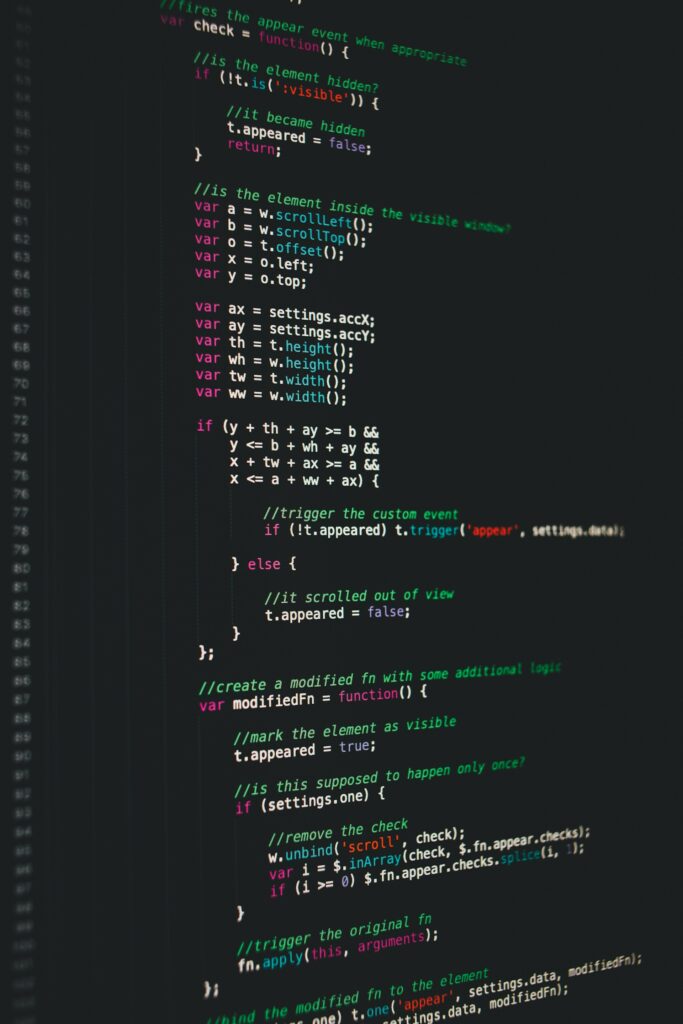Code turns 30: How Java revolutionized development forever

Code turns 30: How Java revolutionized development forever
The initial public release of Java offered Write Once, Run Anywhere and gave developers something cuddlier than C and C++ 30 years ago.
James Gosling at Sun Microsystems created Java, originally named “Oak,” in the early 1990s. It first focused on digital devices but then moved to the Web, a novel medium at the time.
Similar to C and C++, the language compiles to bytecode that can run on any Java Virtual Machine. The goal was to let programmers Write Once Run Anywhere (WORA), however JVM implementations varied. This reporter’s humorous coworker called the system Write Once Test Everywhere since another JVM hiccup caused their program to act unexpectedly.
However, the language grew widespread and the foundation of numerous businesses. Microsoft quickly released Visual J++, which adhered to the Java language definition but failed Sun Microsystems’ compliance testing, prompting Sun to sue Redmond in 1999. J++ was pulled from Visual Studio in 2000 and abandoned.
Java’s popularity expanded following its debut, although developers researched alternatives in recent years. Stack Overflow’s 2024 poll placed it in the top 10 languages, ahead of C#, C++, and C. The TIOBE Index ranks the language fourth, down from first. Python is the most popular language, according TIOBE. 2015’s TIOBE language of the year was Java.
“Java has outlasted patterns, rival languages, and changing paradigms,” stated Sonatype co-founder and CTO Brian Fox. Java has grown from applets and servlets to microservices and cloud-based architectures while staying familiar. It allowed open source in the business.
The enormous volume of Java code that powers the company implies that Java skills are still needed even when programming trends change.
Its ubiquity, endurance, and presence in many back-office systems may remind engineers of COBOL, but 30 years ago, the language was new and portable.
The previous 30 years were not easy.
Fox remarked “Java at 30 is about more than coding. Trust is earned through decades of dependability, stewardship, and agreed standards. However, confidence is not assured.”
Whose Java?
When Oracle bought Sun in 2010, Java came too. Sun’s JVM implementation was mostly open source, but Oracle started collecting licensing fees within a decade. Big Red’s 2023 subscription model licensing conditions may cost companies thousands. One in ten Java users planned to continue with Oracle this year, according to studies.







